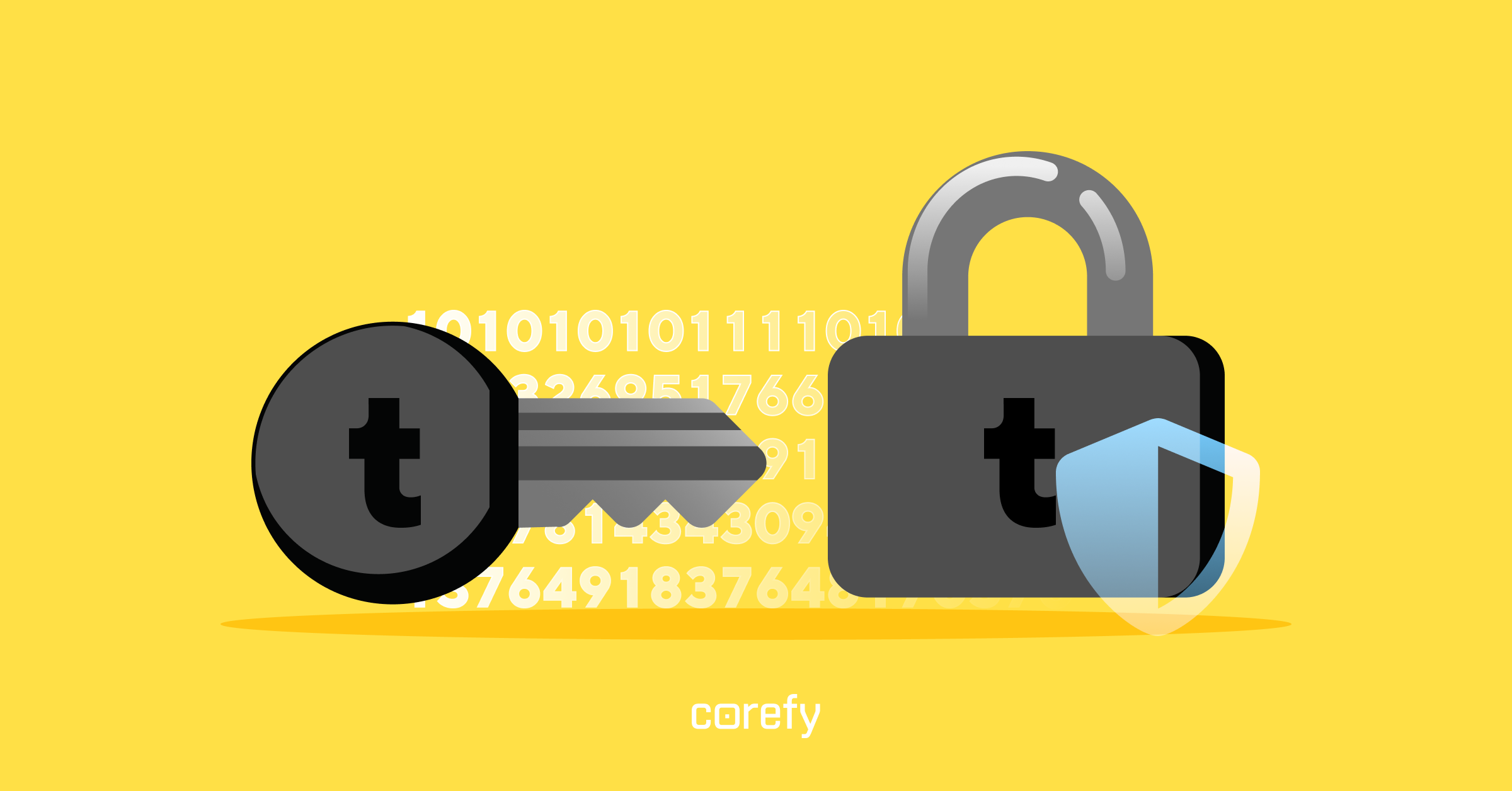How to achieve frictionless security with network tokenisation


The payment ecosystem is dynamic and full of challenges for e-commerce players. In pursuit of business success, merchants strive for the perfect balance between providing a seamless customer experience and the ultimate security for their customers' card data. Is this balance even possible? The answer is nothing but yes, and here's where network tokenisation comes into play.
Let's dive into network tokenisation and discover why merchants consider it not as a new way to process card transactions but a fundamental tool for boosting their businesses.
If you interact with payment services, you have probably heard about tokenisation technology. It's a process when entered card details are replaced with a random string of numbers — a token that can be used for processing payments without exposing sensitive details. Essentially, network tokenisation only slightly differs from this concept.
When you provide a merchant with your card details, this data is replaced by an unsensitive string — a network token, which is stored on a secure server and used by the merchant for repeat transactions. By using network tokens to process payments, e-commerce businesses eliminate the need for your primary card data to participate in the process. What's more, your sensitive PAN information won't even be stored anywhere. Each network token in a card-merchant pair is unique and can't be used across businesses.
What prompted the world-known card networks to develop their network tokenisation solutions? From the perspective of issuing banks, e-commerce transactions are riskier and more vulnerable to fraud, so they are more likely to be declined. However, the ever-evolving e-commerce is more shaping the payment environment than adapting to it. To get rid of any barriers that may arise between merchants, issuing banks, and financial institutions, major card networks presented their own tokenisation services — Mastercard Digital Enablement Service (MDES) and Visa Token Service (VTS). This way, the payment network enables all participants in the payment flow to achieve the near-perfect balance between regulatory compliance, improved customer experience, and enhanced transaction security.
Let's say you're a merchant who provides subscription-based services. Here's what third-party tokenisation will do to your customers' payments.
The network tokenisation scenario is quite similar to the third-party one, but a few significant differences are worth noting.
Now it's time to learn how network tokenisation impacts your business goals.
.png)
Network tokenisation is a win-win technology as all participants in the payment ecosystem can cash in on it. Now we'll describe the main benefits of network tokens.
Network tokenisation eliminates the need for sensitive cardholder data to enter the payment ecosystem, reducing the risk of that data being intercepted and used by fraudsters. Put simply, tokenised card data is useless if stolen. By using network tokens, merchants can provide end-to-end protection throughout the transaction lifecycle and mitigate payment risks in the most efficient manner.
💡 MORE: How to reduce payment risks in 5 steps
Expired cards, false declines, and delays are painful issues for e-commerce businesses, especially those that operate on a subscription basis. Since network tokens exist independently of the physical bank cards, merchants always have up-to-date data for all cards-on-file. If the customer's card is expired or reissued, the card network automatically "informs" each merchant-specific network token about those changes.
Thus, network tokenisation gives merchants peace of mind by preventing declines due to card expiration, loss, or theft while improving payment sucess rates.
A flawless customer experience is a top priority for merchants. With network tokenisation, businesses running on a recurring billing model no longer need to request CVV/CVC or other verifications that the customer may forget or enter incorrectly. Plus, the automatically updated network tokens eliminate the possibility of late or missed payments due to out-of-date card details. Thus, network tokenisation is mutually beneficial for merchants and their customers by ensuring fast, frictionless, and secure checkout.
It is still early days for network tokenisation in e-commerce, but many merchants are already reaping the benefits. Unlike regular PCI tokenisation, network tokenisation can offer much more than just basic transaction security. Reduced financial losses, less payment declines, and improved sales — this is exactly what business owners strive for.
Do you want to streamline the payment process and provide your customers with a superior user experience? Corefy's robust security solutions give merchants flexibility to create payment scenarios that best fit their business needs. See for yourself!